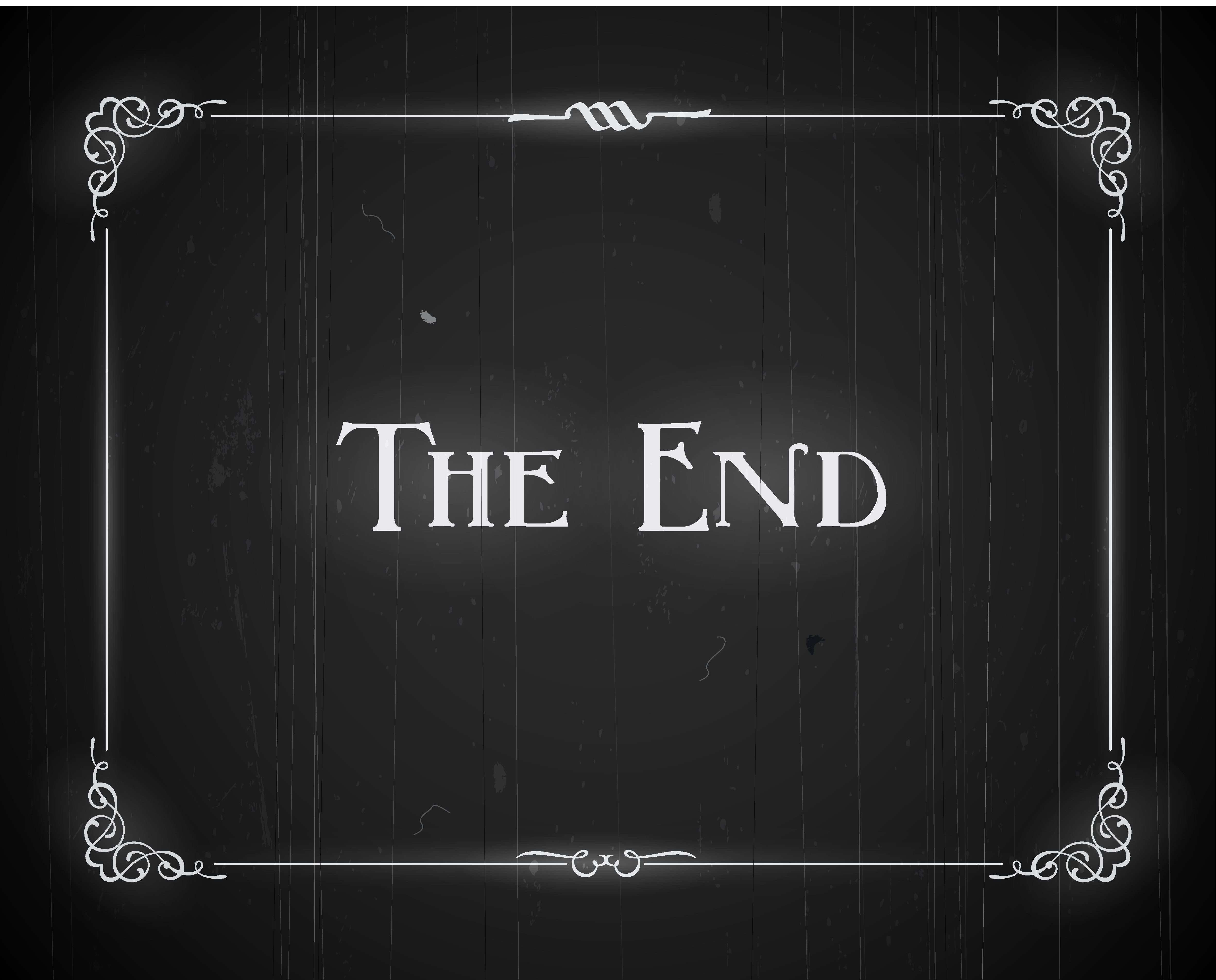Showing IS Telling, but with Style

By Michelle Barker
"Show, don’t tell."
Something had been bothering me about this rule for years, but I couldn’t put my finger on it until it came up in a discussion with a Darling Axe colleague.
“When you think about it,” he said, “isn’t everything other than dialogue a form of telling?”
Yes! That was it exactly. I would look at passages of description or action and think, hmm, how is that not actually telling? Where is the boundary between showing and telling? Is there one?
Well, there is, but it’s fuzzy, and like all rules of fiction, it can be bent to the breaking point if done well.
We are storytellers. That’s what we do. We tell stories. But there’s an artful way to do it and then there’s the other way: the way that will annoy our reader and take them out of that full-immersion state we’re aiming for.
We’ve all read novels that swallow us whole. Hours pass, and we suddenly realize it’s lunchtime and we still haven’t showered. John Gardner calls writing a fictional dream, an idea that’s helpful in determining whether we’re engaging or annoying our readers. We want to do everything possible to keep readers in that trance state, and the way we do this most often is by dramatizing. What we don’t want to do is deliver our story as information.

Think about what happens on a theater stage. Actors in a specific setting are doing things and speaking to each other. They gesture. They behave and speak in certain ways that allow us to draw conclusions about who they are as people. Perhaps most importantly, they are in conflict with each other nearly all the time.
Here are some things that don’t happen on a theater stage:
- The actors don’t stand there and announce, “I’m feeling happy.”
- They don’t sit down in a room by themselves and think out loud for pages and pages.
- They don’t stop the play to say, “Hold on. Let me explain to you the history of Copenhagen,” or whatever the play happens to be about.
- They don’t sit down in the middle of the play and tell us their whole life story.
That’s the sort of telling that annoys readers. It breaks the trance. That’s the storytelling we want to steer clear of.
So, a few guidelines. Emotions and attitudes? Show them without naming them. Skills? Show them in action.
What about description? Isn’t it just a form of telling? Yes. But once again, there’s an artful way to handle it, and then there’s the other way.
Sensory detail goes a long way to creating that immersive experience we’re aiming for. It brings the reader directly into the scene. A scene needs to take place somewhere after all, and we don’t have the benefit of a theater stage with a set behind us. As novelists, we have to do that job and let the reader know what the setting looks like.
Are we going to simply load all this detail onto the page? No. That would be doing things the other way. We’re going to do it artfully.
- Think about who that character is and how they’re feeling at that moment, because that will dictate what they notice and how they describe it.
- Think about the timing of this description to make sure it’s appropriate.
- Focus on the unique aspects of the scene, things a reader might not imagine on their own.
- Focus on what’s important and skip what isn’t.
- Don’t stop the story to provide this description. Weave it in with the movements and actions of the characters so the story keeps flowing.
What about important backstory? What about the research that does need to be there? How do we put that in without stopping the story?
The answer is: sparingly. We never want to inundate the reader with explanation.
We tend to worry that a reader won’t ‘get’ the story if we don’t explain things up front. But readers are surprisingly perceptive. They pick up clues—and in fact, they like hunting for them. When we leave out information, we create a gap between what’s happening in the story and why it’s happening. This gap serves to heighten tension. The anticipation of finding things out slowly is part of the discovery process of reading.

We should be treating our readers more like detectives than like schoolchildren. Resist the urge to explain, and instead let them figure things out.
Information that must be included should be sprinkled around so the reader doesn’t notice it. We want to keep our readers on a need-to-know basis. Only tell them what they need to know when they need to know it.
Sometimes we must get a character from Point A to Point B and nothing changes in the scene. That’s when summary comes in. A scene in which nothing changes from start to finish should either be rewritten so that something does change, or it should be summarized.
One very important thing we should be telling our readers is what our character’s goal is, and what’s at stake if he/she doesn’t achieve it. This needs to be clear, and it needs to be stated more than once.
So, show, don’t tell. There you have it. Clear as mud?
You’re welcome.

Michelle Barker is an award-winning author and poet. Her most recent publication, co-authored with David Brown, is Immersion and Emotion: The Two Pillars of Storytelling. Her fiction, non-fiction, and poetry have appeared in literary reviews worldwide. She has published three YA novels (one fantasy and two historical fiction), a historical picture book, and a chapbook of poetry. Michelle holds a BA in English literature (UBC) and an MFA in creative writing (UBC). Many of the writers she’s worked with have gone on to win publishing contracts and honours for their work. Michelle lives and writes in Vancouver, Canada.







